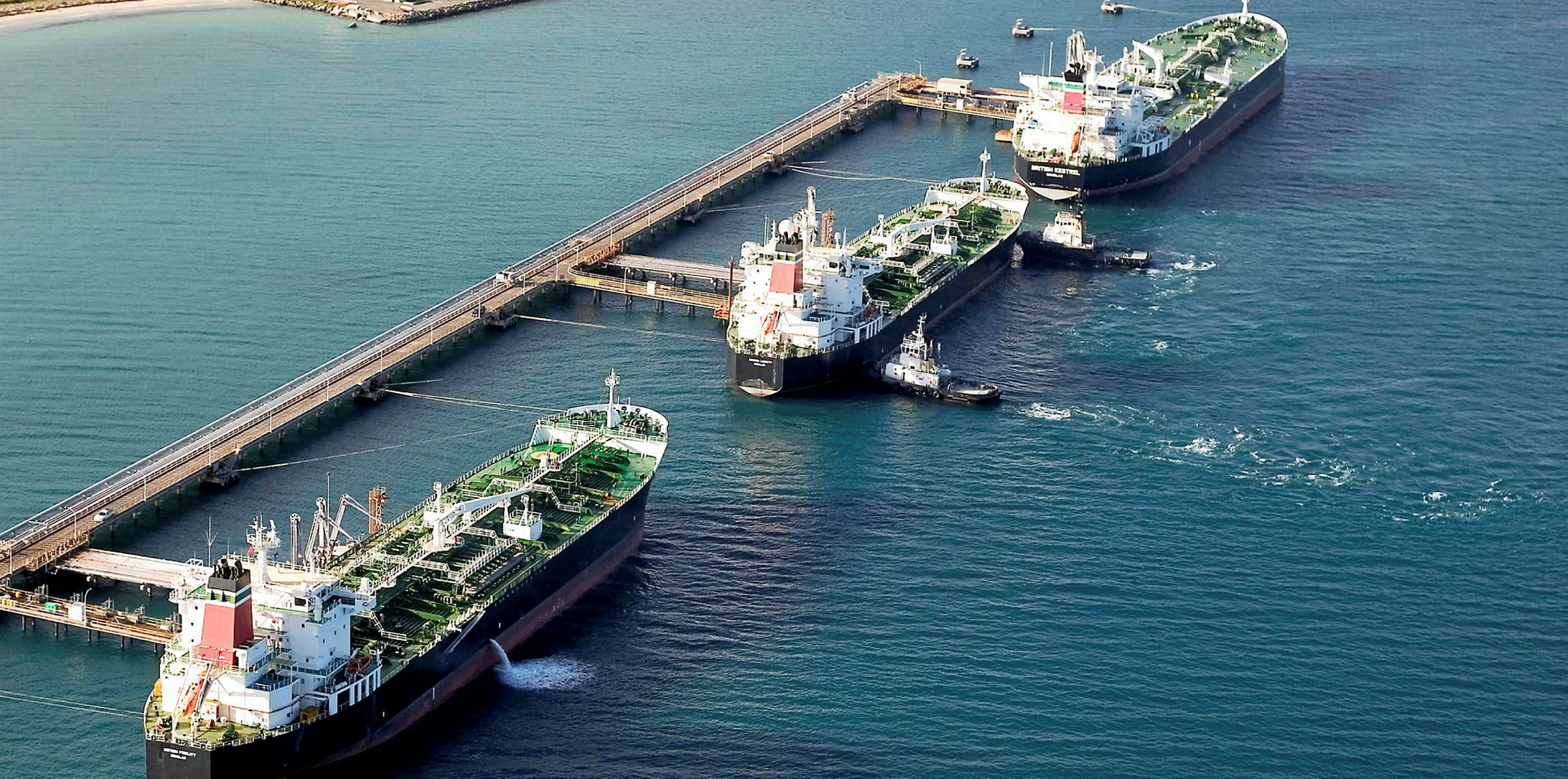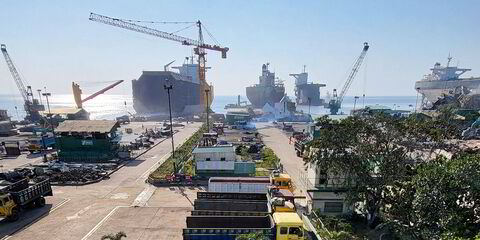Tanker markets are facing at least one year of downturn due to weak oil demand and continued fleet growth, according to a senior analyst.
Having risen to historically high levels between mid-March and early May, crude and product tankers earnings have experienced a share correction this month.
Bimco’s chief shipping analyst Peter Sand said that, going forward, tanker players will be facing “12 to 18 months of extremely challenging markets”.
The earlier spike “is likely to have brought around at least a couple of good fixtures to all tankers owners and operators across the globe,” Sand said on Thursday during a webinar.
“Hopefully the money that has been bought in during the last couple of months can be used as a war chest going forward,” he said.
According to Sand, whose organisation is one of the largest trade bodies in shipping, the downturn is driven by weakening supply-demand fundamentals across the tanker spectrum.
Bimco estimates the crude tanker fleet will grow by 2.1% in capacity terms and the product tanker fleet by 2.4% this year.
But Sand said the overall shipping demand would fall on a full-year basis due to weak oil consumption.
In its latest monthly forecast, the International Energy Agency said global oil demand would fall by 8.6m barrels per day this year — the largest amount in history — due to the Covid-19 crisis.
“We are likely to see the fundamentals are going down,” Sand said. “We need to go quite some distance into 2021 before we see a pickup.”
Floating storage
Due to an oversupplied oil market, hundreds of tankers have been used as floating storage for contango play or logistics constraints in recent weeks.
According to Braemar ACM, 96 VLCCs, 59 suezmaxes and 87 aframaxes were used to store crude or dirty products as of Tuesday. For clean products, 28 LR2s, 38 LR1s and 167 MRs were acting as storage.
The figures took into account laden vessels with limited movement for at least seven days.
With destocking of oil amid relaxation of lockdown measures in many countries, Sand said the amount of oil stored at sea may have peaked, however.
“Going forward, you will see more in the way of logistical storage than otherwise what we will put as speculative storage,” Sand said.
While demand for floating storage was boosting tanker earnings, the phenomenon “has turned from a positive factor to a negative factor in the market”, he noted.
“We now see the ships tied up in floating storage being released,” Sand said. “That capacity will then flow into the spot market [and pressure rates].”






